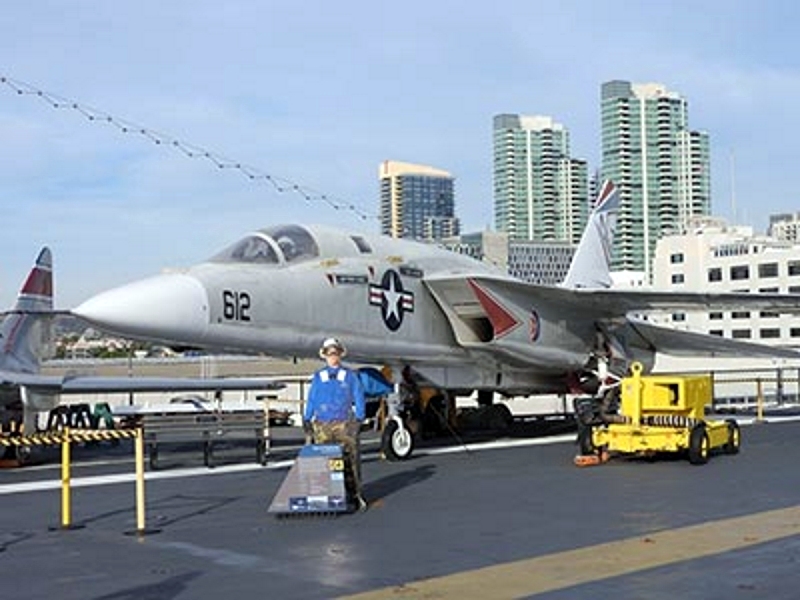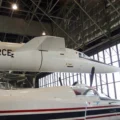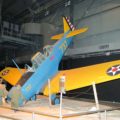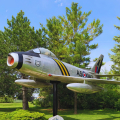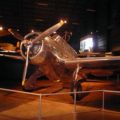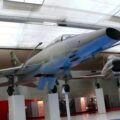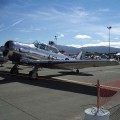Teh Βόρεια Αμερική A-5 Vigilante είναι ένα αμερικανικό υπερηχητικό βομβαρδιστικό που σχεδιάστηκε και κατασκευάστηκε από την North American Aviation για το Πολεμικό Ναυτικό των Ηνωμένων Πολιτειών. Η υπηρεσία του στον ρόλο του πυρηνικού χτυπήματος για να αντικαταστήσει το Douglas A-3 Skywarrior ήταν πολύ σύντομη. Ωστόσο, ως RA-5C, είδε εκτεταμένη υπηρεσία κατά τη διάρκεια του πολέμου του Βιετνάμ στον ρόλο της τακτικής αναγνώρισης κρούσης. Πριν από την ενοποίηση της ακολουθίας ονομασίας του Ναυτικού με την ακολουθία της Πολεμικής Αεροπορίας το 1962, ονομάστηκε A3J Vigilante.
Περισσότερες πληροφορίες:
Teh Βόρεια Αμερική A-5 Vigilante was a carrier-based supersonic bomber that was designed and built by North American Aviation for the United States Navy. It was originally designated as the A3J Vigilante before 1962, when the Navy and Air Force unified their designation systems. The A-5 Vigilante was intended to be a long-range, all-weather nuclear strike aircraft, but it was mostly used as a tactical reconnaissance plane during its service.
The A-5 Vigilante had a sleek and high-winged design, with two General Electric J79-GE-8 turbojet engines with afterburners mounted in the rear fuselage. It had a crew of two: a pilot and a navigator. The most distinctive feature of the A-5 Vigilante was its internal bomb bay, which could carry one nuclear weapon that was ejected backwards through a tunnel between the engine exhausts. This system was designed to avoid the aerodynamic drag and instability caused by opening conventional bomb bay doors at supersonic speeds. However, this system proved to be unreliable and problematic, and was often replaced by external fuel tanks.
The first prototype of the A-5 Vigilante flew on August 31, 1958, and broke the sound barrier five days later. On December 13, 1960, an A-5 set a world altitude record of 27,874 meters (91,450 feet). The A-5 Vigilante entered service with the US Navy in June 1961, but its role as a nuclear bomber was soon abandoned due to the emergence of submarine-launched ballistic missiles and the unreliability of its weapon delivery system. Instead, the A-5 Vigilante was converted into a reconnaissance aircraft, designated as RA-5C. The RA-5C had more powerful engines, larger wings, increased fuel capacity, four underwing pylons, and a sensor pod under the fuselage that carried cameras and electronic equipment.
Teh Αυτόκλητος τιμωρός RA-5C saw extensive action during the Vietnam War, flying high-speed and low-level missions over enemy territory. It was able to provide valuable intelligence and target information for other strike aircraft. However, it also suffered heavy losses due to enemy fire and accidents. Out of 156 RA-5Cs built or converted from A-5As and Bs, 43 were lost in combat and 18 in accidents. The RA-5C Vigilante was retired from service in September 1979, after a relatively short but eventful career.
